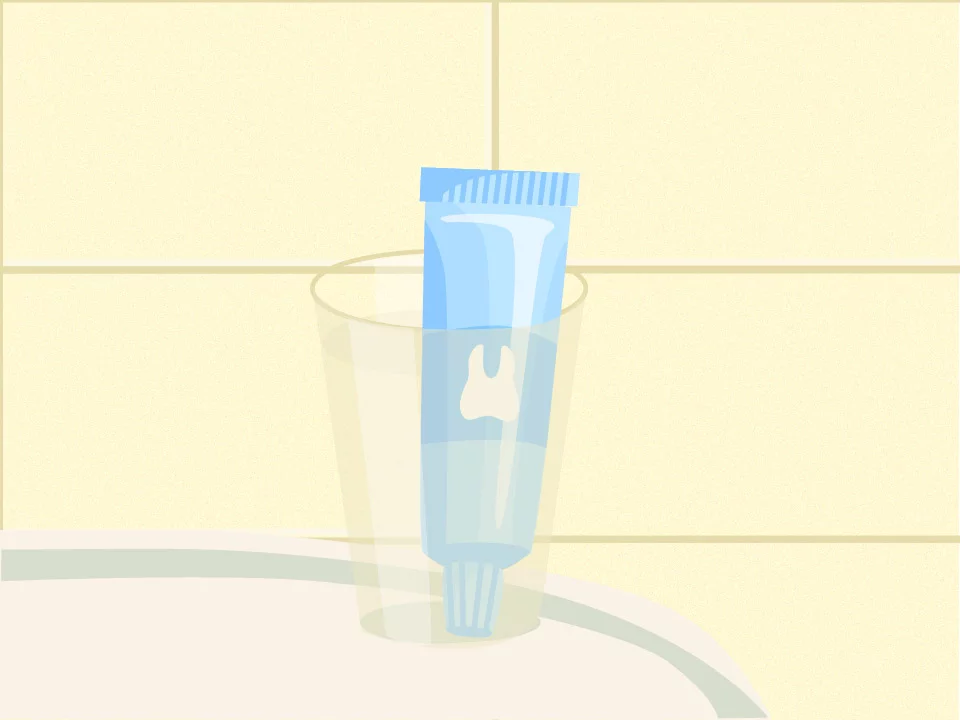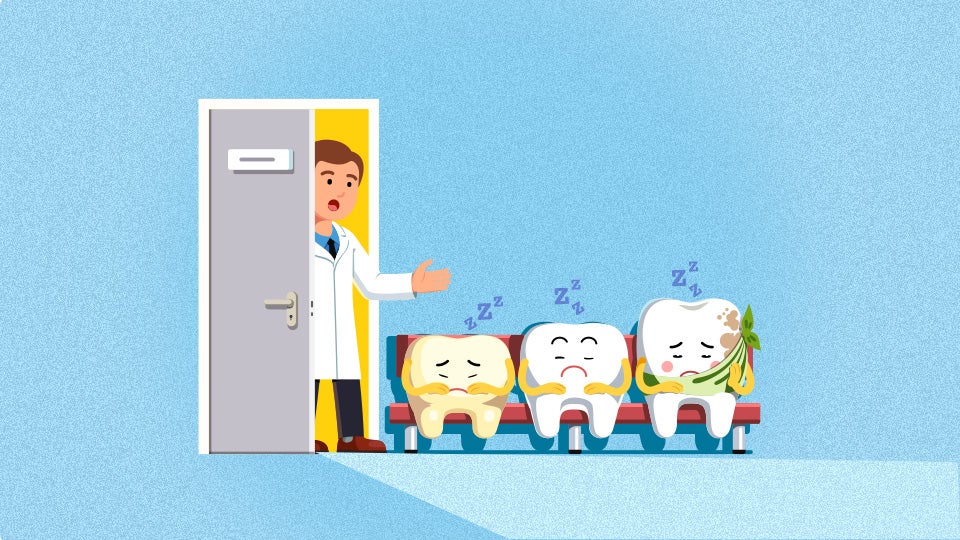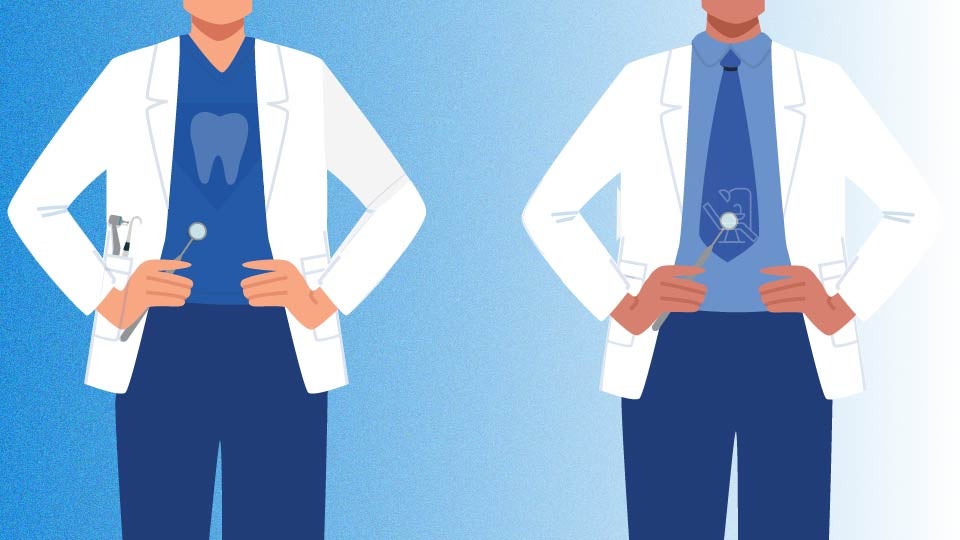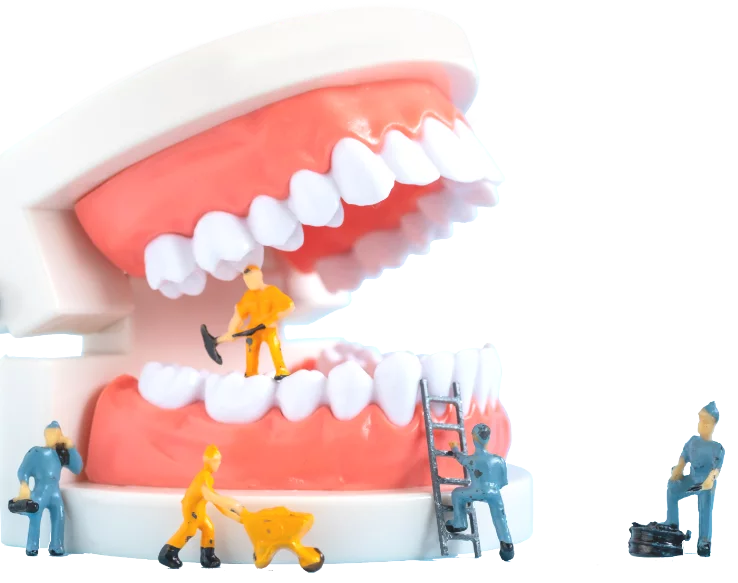Blog Summary Toothpaste has a long history and remains essential for maintaining oral health. It helps fight plaque, freshen breath, and strengthen enamel with key ingredients like fluoride. From whitening and natural options to sensitive and kid-friendly formulas, different types address specific needs. Knowing the ingredients, benefits, and proper usage can guide you in choosing the best toothpaste for a healthier smile.
Gazing upon shelf after shelf of different types of toothpaste, each promising a different benefit for your oral health, can be quite intimidating. But which type of toothpaste is right for you?
By examining several distinguishing characteristics of different kinds of toothpaste and learning how to properly use toothpaste, you'll understand everything you need to know about choosing the right toothpaste for your oral health needs.
The History of Toothpaste
It's no surprise that toothpaste has been around for a long time to help people clean their teeth. But you may not know how far back historians have found evidence of toothpaste use among ancient civilizations. In the fourth century, Egyptians had a toothpaste recipe made up of salt, pepper, iris flower, and mint. Other past civilizations used ashes or even crushed eggshells to scrub their teeth.[1]
When Was Toothpaste Invented?
What's The Purpose of Toothpaste?
Toothpaste helps remove the thin film called plaque that accumulates on teeth daily. While taste is important, toothpaste also has an abrasive ingredient to ensure each tooth is scrubbed properly. While your toothbrush is important for cleaning your teeth, toothpaste also leaves a lasting, fresh feeling.
Importance of Toothpaste in Oral Hygiene Routine
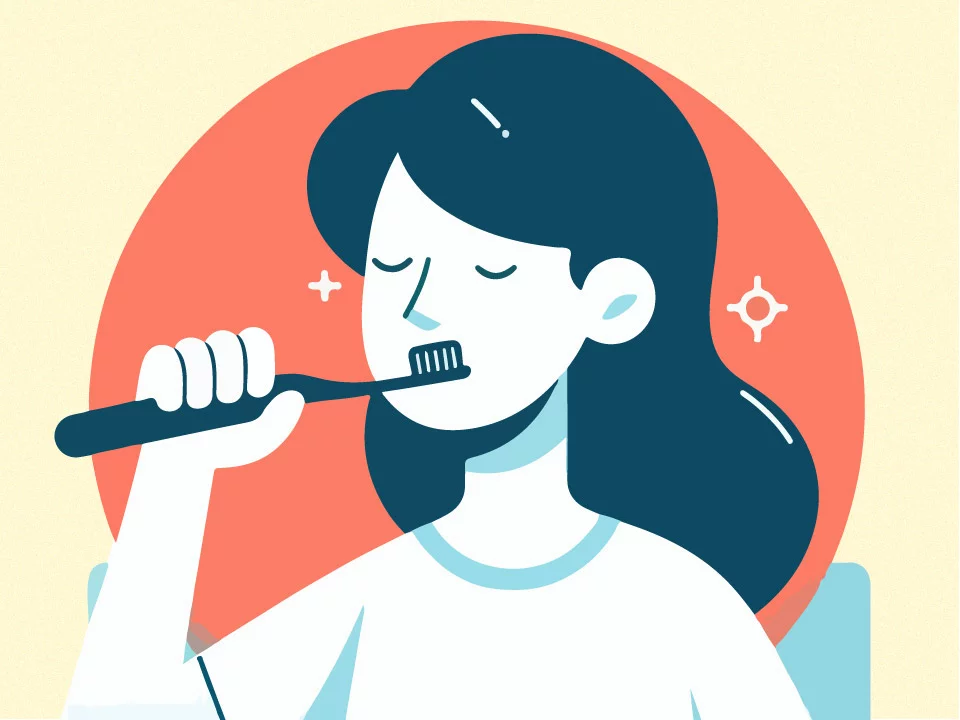
Toothpaste creates fresh suds in your mouth that surround your teeth while you brush. Not only does toothpaste make the brushing experience more pleasant, but it also works to fight cavities and remove bad breath-causing bacteria. Applying ingredients like fluoride directly to the surface of your teeth allows your teeth to absorb and store it to consistently fight tooth decay, even when you aren't brushing.
How Should You Apply Toothpaste?
Most toothpaste comes in a tube and is applied to a wet toothbrush before you begin brushing. Toothpaste tablets can be chewed up before you start to scrub your teeth with your toothbrush.
Do You Swallow Toothpaste After Brushing?
After brushing your teeth, it is important to spit out the excess toothpaste without swallowing it. While fluoride is important for your teeth's health, like with anything, too much can be bad for you. Because of the frequency of brushing teeth, swallowing toothpaste twice a day could result in a condition called fluorosis, which causes permanent white lines across your teeth. If severe, fluorosis could even cause damage to your teeth.[3]
Is It Better To Leave Toothpaste On Your Teeth?
While spitting out your toothpaste is important, not immediately rinsing your mouth after brushing can make the fluoride more effective. The concentration of fluoride in your toothpaste makes your teeth stronger. Leaving the residual toothpaste on your teeth for an extra ten minutes before rinsing allows the fluoride to absorb better into the enamel.[4]
Types of Toothpaste
Fluoride Toothpaste
The toothpaste ingredient, fluoride, strengthens the enamel and can even rebuild damage caused by bacterial acid.[5] While most people get trace amounts of fluoride through their tap water, the benefit of stronger, healthier teeth less prone to developing tooth decay makes fluoride toothpaste crucial for oral health.
Whitening Tootpaste
While everyone wants healthy teeth to avoid possible tooth pain, the appearance of teeth is often an important catalyst for seeking oral health. The color of your teeth may make you search for the best whitening toothpaste.
The best whitening toothpastes have bleaching ingredients like hydrogen peroxide, carbamide peroxide, and potassium nitrate because of their ability to remove stains from the surface of your teeth.[6] Some abrasive ingredients, like baking soda, scrub away stains instead of bleaching them. While teeth whitening toothpaste is safe to use, be mindful of any negative effects you develop from the toothpaste, such as:
- Tooth sensitivity.
- Gum irritation.
- Damage to your enamel.
Some ingredients in whitening toothpaste may be too harsh for your mouth or you may be using it longer than is recommended.
Purple Toothpaste
If your teeth are yellow, you may seek any way to whiten your teeth. Purple toothpaste uses color technology to counteract the yellow color of your teeth to make them appear white. It does not remove stains like other whitening toothpaste and is not a permanent solution to yellow teeth.
This toothpaste is not recommended for people who are allergic to food dyes.
Natural Toothpaste
In a world with new technologies and chemicals, many people want to seek more natural ingredients, especially in toothpaste. Pronouncing and understanding the ingredient list is a common standard for those who want to know what they are putting into their bodies.
Natural toothpaste ingredients to look for include:
- Baking soda: abrasive ingredients to remove stains.
- Coconut oil: antimicrobial.
- Aloe vera: soothes gums and inflammation.
- Hydroxyapatite: natural fluoride alternative that is found in tooth enamel.
- Xylitol: natural sweetener that is antibacterial.
Natural toothpaste can also come in different forms like powder or chewable tablets. These toothpaste alternatives reduce the proximity of your toothpaste to plastics and are stored in glass or metal jars.
Do Dentists Recommend Natural Toothpaste?
Dentist recommendations are based on what a dentist finds important and on your needs as a patient. While natural toothpaste is as effective as any other toothpaste, the presence of fluoride is often the biggest consideration for dentists.
While homemade toothpaste helps you to guarantee what is in it, dentists do not always recommend it. Many homemade toothpaste recipes do not include fluoride. In addition to that, while it is important to have an abrasive ingredient to scrub your teeth, balance is everything in a toothpaste. You don't want to have too much abrasion that ends up damaging your enamel.
Sensitive Toothpaste
Sensitive teeth can make eating, drinking, and even breathing in cold air painful. Toothpaste made especially for people with sensitive teeth uses pain blockers so you don't feel the pain. The longer you use sensitive toothpaste, the better it works. Pain is an important symptom to help you identify a problem with your teeth that needs to be addressed. But if your sensitivity can not be cleared up immediately with a dentist's care, using sensitive toothpaste can help make eating and drinking enjoyable again.
Sensodyne is the overwhelming number one recommendation from pharmacists.[7]
Can Toothpaste Fix Tooth Sensitivity?
While toothpaste can not cure tooth sensitivity, it can eliminate the pain you feel by blocking the pain sensors in your mouth.
Toothpaste Ingredients To Look For:
A good rule of thumb to look for is the American Dental Association's (ADA) Seal of Acceptance to determine whether a toothpaste is recommended by dentists.[5] However, reading the ingredients list is also a good way to determine what benefits and potential side effects the toothpaste presents to your teeth. Ingredients to look for include:
Fluoride
While it has already been discussed that fluoride is the standard ingredient recommended by dentists to prevent cavities in adults and children, the benefits are still worth noting.
Tooth decay is the number one chronic disease for both children and adults in the US.[8] Fluoride stops or even reverses the progression of tooth decay.
Abrasives
Baking soda, charcoal, chalk, or silica are different types of abrasives found in toothpaste. While it is essential to have some grit in your toothpaste to remove plaque and stains, too much could damage the enamel on your teeth. There is a way to measure the abrasiveness of toothpaste. With the Relative Dentin Abrasivity scale, the score can not be higher than 250 and still receive the ADA Seal of Acceptance.[9]
Antimicrobial Agents
Bacteria convert sugars in foods to acid, which causes tooth decay. Antimicrobial or antibacterial ingredients help kill excessive mouth bacteria.
Tips for Proper Toothpaste Usage
Knowing how to use toothpaste helps you to enjoy all the benefits it has to offer.
How To Use Toothpaste
After wetting your toothbrush and applying about a pea size of toothpaste, which is equivalent to .25 grams, begin gently brushing your teeth for the recommended amount of time of two minutes twice a day.[10]
A few brushing tips include:
- Pointing bristles at a 45 degree against the gum line.[11]
- Brush gently, enough to remove plaque but not so hard that your gums are irritated.
- Move the brush back and forth in short strokes.
- Be sure to get all sides of your teeth
Kids Toothpaste
Kids lose their baby teeth between the ages of 5 and 12. But even though their baby teeth will fall out, children still need to daily clean their teeth in the morning and at night. If your child hates brushing their teeth, several different flavors make brushing their teeth more enjoyable. While kids' toothpaste tastes like bubble gum or cake batter, they should still get the cleaning effects of fluoride to protect their teeth from cavities.
Can a 2 Year Old Use Regular Toothpaste?
It has often been recommended that young children use fluoride-free toothpaste until they learn how to spit it out. But more recently, the ADA recommends that toddlers use regular toothpaste as long as the amount you put on their brush is about the size of a grain of rice.[5] Also, toddler toothpaste also doesn't have as strong a minty taste as adult toothpaste to help little ones enjoy their brushing experience.
The Right Toothpaste for Your Oral Health
Knowing what ingredients are in your toothpaste and what they can do for your oral health will help you make an educated decision the next time you are in the toothpaste aisle. Keeping regular appointments with your dentist is also an excellent source to get some direction for which toothpaste is the best fit for your mouth.
Find your trusted, local dentist today!
Sources
[1] Making Toothpaste at Home, From Ancient Times to Today, National Geographic, Sept. 15, 2017, https://www.nationalgeographic.com/culture/article/ingredients-toothpaste-science-history
[2] When was Toothpaste Invented?, Crest, June 7, 2024, https://crest.com/en-us/oral-care-tips/toothpaste/when-was-toothpaste-invented#Who
[3] Fluoride, NIH, Aug. 15, 2023, https://ods.od.nih.gov/factsheets/Fluoride-HealthProfessional/
[4] How to Keep Your Teeth Clean, NHS, Feb. 15, 2022, https://www.nhs.uk/live-well/healthy-teeth-and-gums/how-to-keep-your-teeth-clean/
[5] How Fluoride Helps to Prevent Tooth Decay, ADA, June 7, 2024, https://www.mouthhealthy.org/en/all-topics-a-z/fluoride
[6] Is Whitening Toothpaste Bad for Your Teeth? Health.com, Mar. 17, 2024, https://www.health.com/condition/oral-health/how-to-keep-whitening-toothpastes-from-hurting-your-teeth
[7] Best Toothpaste for Sensitive Teeth, US News, Mar. 28, 2024, https://health.usnews.com/otc/rankings/toothpaste-for-sensitive-teeth
[8] Dental Caries (Tooth Decay), NIH, Nov. 2022, https://www.nidcr.nih.gov/research/data-statistics/dental-caries
[9] Facts About Abrasive Toothpastes, Colgate, Jan. 9, 2023, https://www.colgate.com/en-us/oral-health/selecting-dental-products/the-facts-about-abrasive-toothpaste
[10] How Much is a ‘Pea-sized Amount’? A Study of Dentifrice Dosing by Parents in Three Countries, NIH, Dec. 2013, https://www.ncbi.nlm.nih.gov/pmc/articles/PMC9375012/
[11] Toothbrushes, ADA, Oct. 7, 2022, https://www.ada.org/en/resources/ada-library/oral-health-topics/toothbrushes
Smile Generation blog articles are reviewed by a licensed dental professional before publishing. However, we present this information for educational purposes only with the intent to promote readers’ understanding of oral health and oral healthcare treatment options and technology. We do not intend for our blog content to substitute for professional dental care and clinical advice, diagnosis, or treatment planning provided by a licensed dental professional. Smile Generation always recommends seeking the advice of a dentist, physician, or other licensed healthcare professional for a dental or medical condition or treatment.


